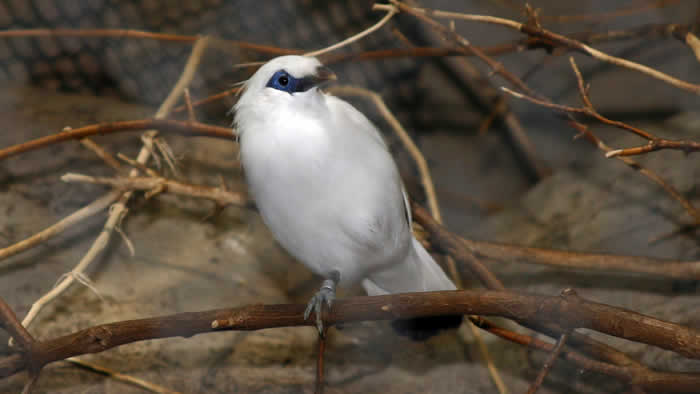Great horned owls are the most common owls in Minnesota and perhaps the most adaptable on the continent. Like all owls, they are excellent hunters, with silent flight, night vision, sensitive hearing, large talons and hooked beaks.
What They Eat
These owls hunt at night using their excellent hearing and vision to zero in on small mammals such as mice, voles, squirrels and rabbits. They will also eat other birds, reptiles, frogs, insects, and even skunks.
Where They Live
At least a dozen great horned owl subspecies can be found throughout North America and large parts of South America. Great horned owls live in a variety of habitats, provided there are sufficient open wooded areas for hunting. Their habitat includes forest, farmland, mangroves, urban areas, desert, rocky areas, and fields with nearby woodlands. They are not found in dense rainforest or cloud forest.
What They Do
Great horned owls perch up high and quietly search for prey. They rely on their feathers for warmth, but also to keep them silent in flight while swooping down to catch prey with their sharp talons.
How They’re Doing
With a stable global population estimated to contain 5.3 million individuals, great horned owls are not threatened with extinction.
Where in the World
North America and South America
Habitat
Forest, Prairie, Desert, Rural, Urban
Conservation Status
Animal Facts
Length: 18 – 24 inches
Weight: Males 2.25 – 3.5 pounds, Females 3.25 – 5.5 pounds
Wingspan: 3-5 feet
Lifespan: up to 28 years
Taxonomic Category
Bird
Where at the Zoo
Sidebar Content
- A great horned owl can hear a mouse moving beneath snow.
- Due to their incredible stealth and hunting ability, great horned owls are nicknamed “tigers with wings.”
- In Central and South America, the great horned owl is the heaviest owl. In North America, only the snowy owl is heavier.
- The great horned owl lacks horns. Although it appears to have ears, these are only tufts of feathers. The true ears are only visible beneath its feathers on either side of the head.
- The eyes of a great horned owl are nearly as big as those of a human!
- Great horned owl vocalizations consist of a series of hoots. Pairs will often call to one another in a duet.
- Large prey items are dismembered before being swallowed. Small prey items are swallowed whole. The owl regurgitates indigestible fur, feathers and bones in a pellet.
- Like all owls, great horned owls are poor nest builders. They often use nests built by other animals. They will also nest in natural tree cavities in large trees, or in cavities created by other animals.
- In Minnesota, great horned owls begin nesting in January and February. A typical nest contains 1-3 eggs. Owlets learn to hunt, just as their prey species experience a spring baby boom.
- Minnesota is rich with owl species, home to 12 of the 20 species that live in the United States. Great horned owls can be distinguished from other Minnesota owls by their large size, ear tufts and white throat patch.
- American crows will often give away the location of a resting great horned owl during the daytime. Crows will noisily mob and harass great horned owls since they are a predator.
- Although great horned owls aren’t considered a migratory species, some Canadian populations shift in relation to prey abundance.
Throughout the 20th century, bird of prey populations were greatly impacted by hunting, pesticides and habitat loss. In 1972, all birds of prey were included in protections provided by the 1918 Migratory Bird Treaty Act to help with conservation efforts. Today, there are an estimated 5.3 million great horned owls globally. The International Union for the Conservation of Nature (IUCN) lists the great horn owl as a species of “least concern” of extinction. Current threats to great horned owl survival in the United States are collisions with vehicles and other human-made objects, pesticides, illegal shooting, and nest predation by crows and raccoons. The great horned owl is highly adaptable, has an extensive range, and a large population. As long as suitable habitat is available, their populations are predicted to remain stable into the future.









